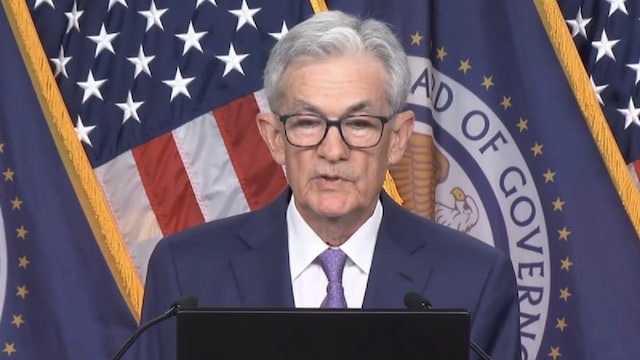
Indian equity markets are set to navigate a volatile trading week as global trends, US tariff developments, and foreign investor activity shape investor sentiment. Analysts anticipate continued market weakness, driven by concerns over escalating trade tariffs and sustained foreign fund outflows.
Stock Market Performance in February
February was a challenging month for Indian equities, witnessing sharp declines in both the Nifty 50 and Sensex:
NSE Nifty: Fell 1,383.7 points (5.88%)
BSE Sensex: Lost 4,302.47 points (5.55%)
From its all-time high of 85,978.25 (Sept 27, 2024), the Sensex has plunged 12,780.15 points (14.86%), while the Nifty has dropped 4,152.65 points (15.80%) from its peak of 26,277.35 on the same date.
Key Factors Driving Market Sentiment
1. US Tariff Policies and Global Trends
Markets will closely track updates on US trade tariffs, particularly their impact on global trade and corporate earnings. The potential for a trade war has dampened investor sentiment, leading to heightened caution.
"Investors will be closely watching key events, including tariff policies and jobless claims. Market conditions are expected to remain weak in the near term, with gradual recovery expected from Q1 FY26 as earnings improve and global trade uncertainty eases."
— Vinod Nair, Head of Research, Geojit Financial Services
2. Foreign Institutional Investor (FII) Outflows
Persistent FII selling pressure has contributed significantly to market weakness. Last week alone, the Sensex slumped 2,112.96 points (2.80%), and the Nifty dropped 671.2 points (2.94%).
"Uncertainty often weighs more than the actual event, and the market is currently grappling with concerns over potential trade wars. Persistent FII selling continues to add pressure."
— Ajit Mishra, SVP, Research, Religare Broking Ltd
3. Economic Growth and GST Collection
India's GDP growth for the December quarter came in at 6.2%, recovering from the previous quarter’s 5.6% growth but falling short of the RBI’s projection of 6.8%.
On a positive note, Gross GST collections rose by 9.1% in February to ₹1.84 lakh crore, reflecting strong domestic consumption.
GST Collection Breakdown (February 2025):
- Central GST (CGST): ₹35,204 crore
- State GST (SGST): ₹43,704 crore
- Integrated GST (IGST): ₹90,870 crore
- Compensation Cess: ₹13,868 crore
These figures indicate potential economic resilience, despite global uncertainties.
4. Domestic Triggers: HSBC PMI Data & Market Sentiment
Market participants will track the upcoming HSBC Manufacturing and Services PMI data for further insights into economic activity.
"We expect markets to continue trading with weakness due to weak global sentiment and lack of domestic triggers."
— Siddhartha Khemka, Head – Research, Wealth Management, Motilal Oswal Financial Services Ltd
Market Outlook: Relief Rally or Further Decline?
Analysts predict that while the market remains under pressure, oversold conditions may trigger a short-term relief rally.
"We are close to signs of market capitulation with Friday’s losses and might see a relief rally this week. However, overall market conditions are expected to remain volatile with a downward bias in the near term."
— Satish Chandra Aluri, Analyst, Lemonn Markets Desk
What Should Investors Do?
Stay Cautious: Given the ongoing volatility, risk management is key. Avoid aggressive bets until clarity on global trade policies emerges.
Monitor Global Cues: Keep an eye on US tariff updates and FII flows, which will play a crucial role in market direction.
Look for Buying Opportunities: If a relief rally occurs, long-term investors may find opportunities in quality stocks at lower valuations.
Watch Domestic Economic Data: The upcoming PMI data and further economic indicators will be important in assessing India’s growth momentum.
In summary, while short-term volatility remains high, investors should focus on fundamentals, earnings growth, and economic resilience for long-term wealth creation.

 Desk
Desk Share
Share






